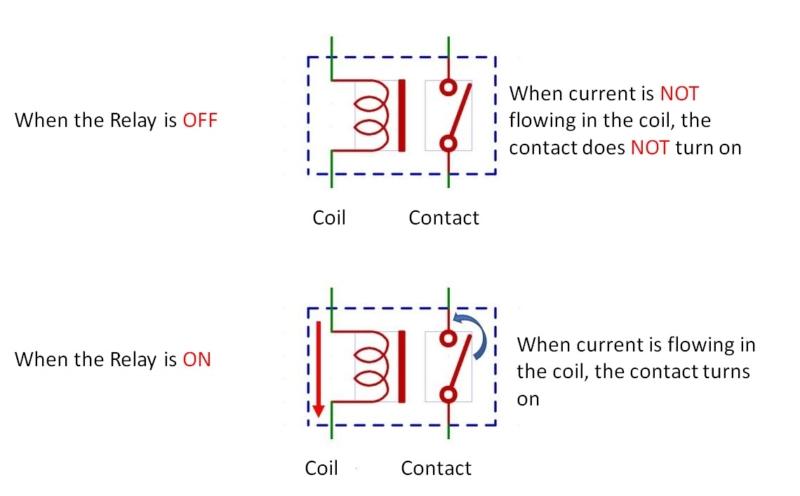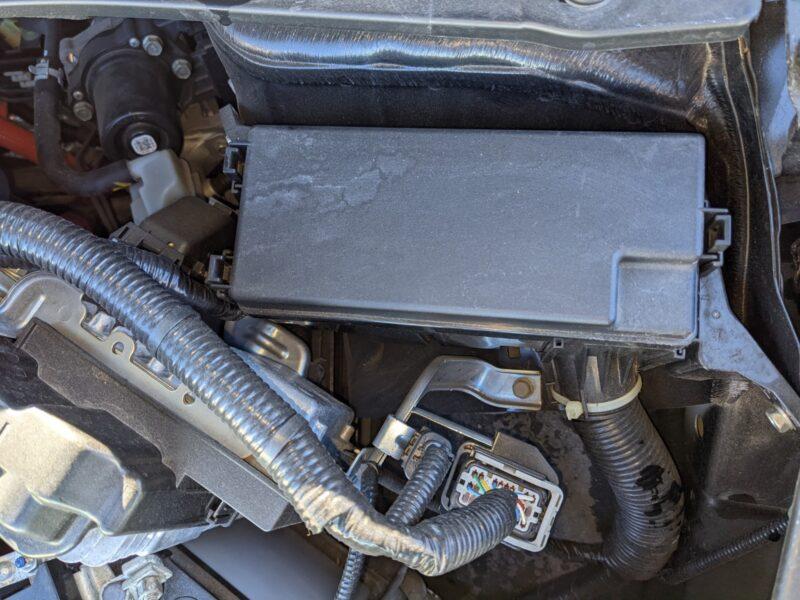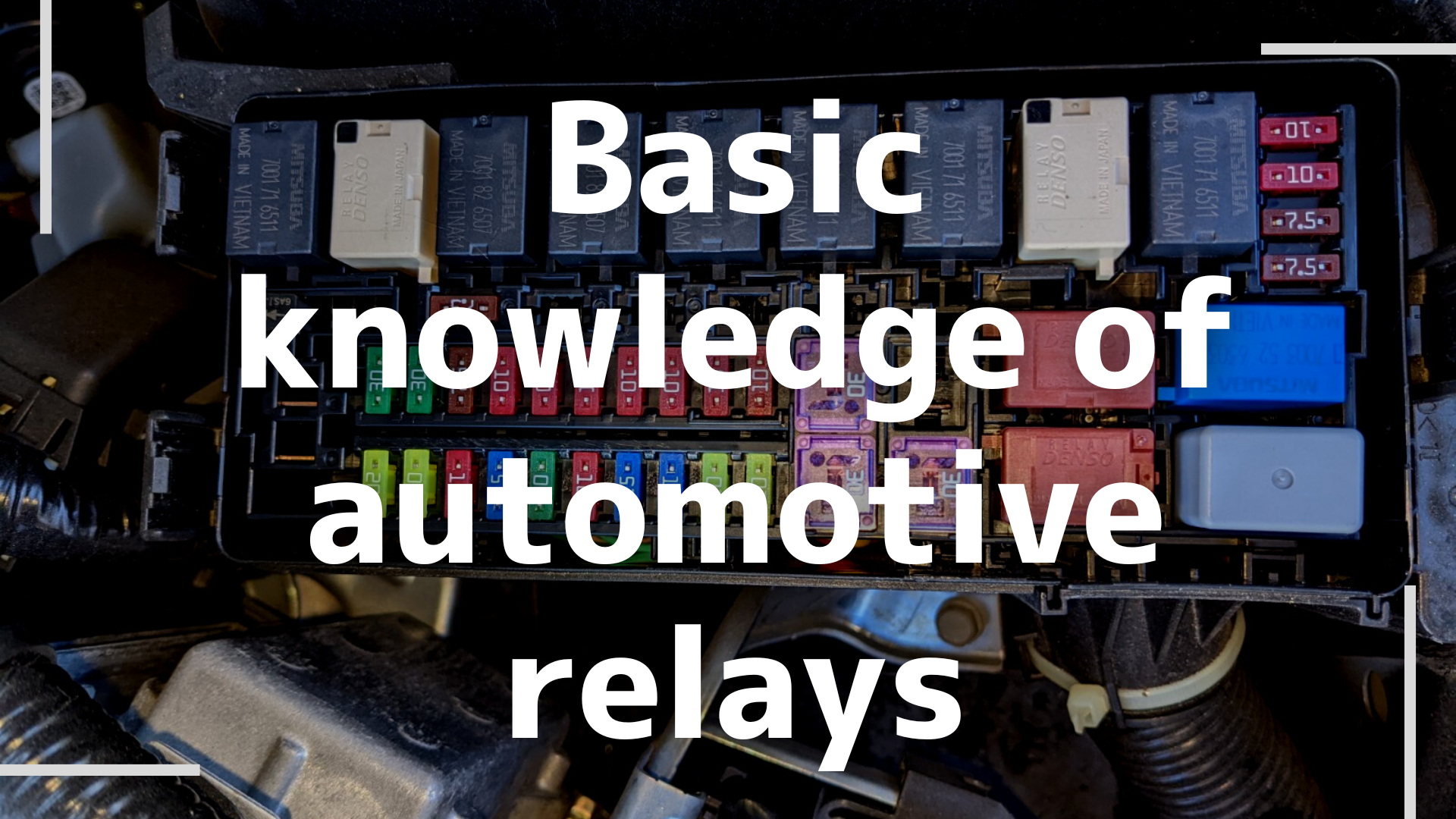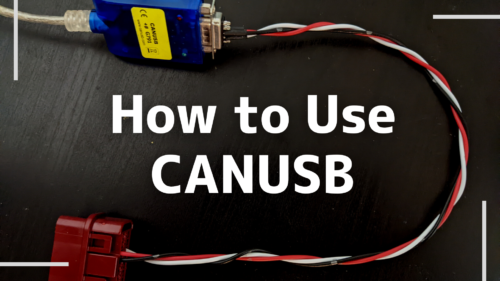This article summarizes the basics of understanding automotive relays.
Automotive Relays Overview
Relays are used to drive electrical components that have been used for many years.
For example, relays are used to drive lights, windshield wipers, horns, and air conditioner blower motors.
Some of you may have experienced hearing a “clicking” sound every time the wiper operates.
This sound is heard when the relay is driven.
In recent cars, relays have been replaced by semiconductors or quiet relays that make little noise, so the sound has almost disappeared, but if you are aware, you can still hear the relay sound in many cars.
Although the use of semiconductors in relays has reduced the number of relays, many relays are still installed in cars.
The basic operation of a relay
A relay can be divided into two parts: the primary side, called the coil on the left side of the figure below, and the secondary side, called the contact point on the right side below.

The operation is simple and is as follows.
If the current is flowing in the coil, the contact turns ON.
If no current is flowing in the coil, the contact turns OFF.
That’s all you need to remember about the operation.
Basic Relay Circuit
An example of driving a light is illustrated in the circuit diagram below.

The following is a step-by-step explanation.
(1) Transistor turns ON
The microcontroller turns on the transistor.
(2) Current flows to the relay coil
When the transistor is turned on, current flows to the relay coil.
(3) The contact relay turns ON.
The contact of the relay is turned ON by the current flowing through the relay coil.
(4) Light turns on
The relay contact is turned ON, and the light turns on.
Example of installation in a vehicle: Relay box
Relays are often housed in relay boxes.
A relay box is a box that contains relays and is usually located in the engine compartment.
In the case of the HONDA HR-V, it is located in the engine compartment, closer to the passenger seat.

When you open the cover, you will find a relay and a fuse,, as shown below.
The square component circled in yellow is the relay.

Difference between a relay box and a fuse box
Some people confuse a relay box with a fuse box, but a fuse box is a box shown below.
A fuse box is a box that contains fuses and is responsible for distributing power to the vehicle’s 12V system. When an abnormally high current flows, the fuse blows, interrupting the high current and preventing the unit from breaking.
If you are a car enthusiast and add new electrical equipment to your car by yourself, it is common to get power from the fuse box.
In my car, the fuse box is mounted at the foot of the driver’s seat.

The relay box, as explained earlier, contains the relays that drive the loads.
(It should be noted that the relay box also has some fuses, as shown in the photo, so some people refer to it as a fuse box.)
summary
We have explained the basic operation of relay boxes, their basic circuits, and examples of the actual installation.
As mentioned above, relays are becoming increasingly semiconductors, and although their number is decreasing, they are still installed in many vehicles because they are cheaper than semiconductors.
We hope you will remember the contents of this article when you hear a “click” sound when you operate a switch.





Comments